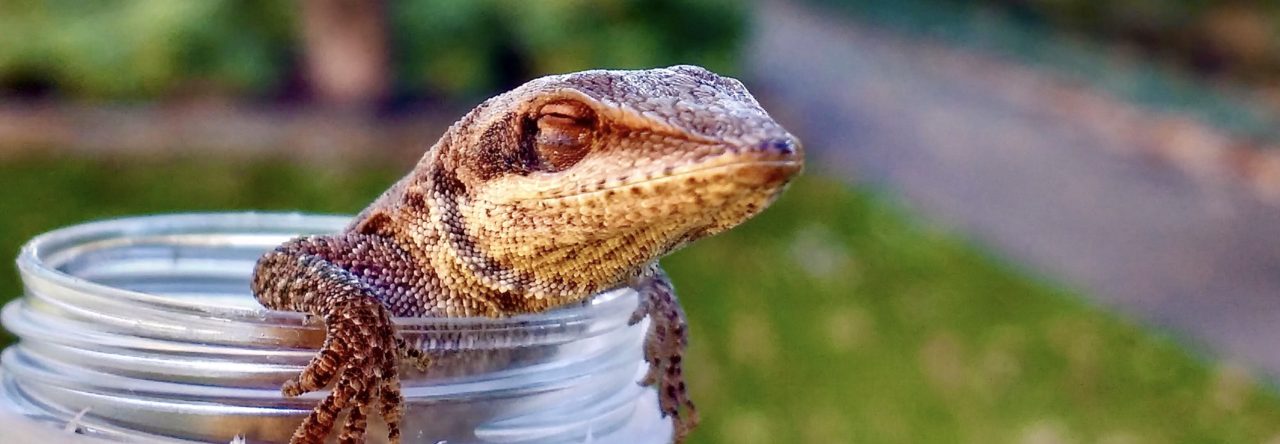As many of us I’m sure know, many lizard species have the ability to lose their tail in order to escape predators or competitors. However, the tail doesn’t grow back as originally lost! The bone, muscle, and fat is replaced by a cartilaginous rod. Lizard species that use their tail in social communication might suffer a severe cost associated with losing their tail because they might lose their ability to communicate information to predators or members of the same species. Amy Payne, a student with Michele Johnson at Trinity University, recognized this issue and used a cross-species comparison to determine just what factors influence tail breakage.
Amy set out to test the hypotheses that species that use their tail in a social context will have lower rates of tail loss, species that use their tail in a predatory context will have higher rates of tail loss, and that species that primarily store fat in their tail will have lower rates of tail loss. They used curly-tail lizards, earless lizards, house geckos, and crested and green anoles in their work and found that curly tail lizards exhibit the greatest tail loss despite using their tails constantly. Earless lizards exhibited the lowest rates of tail loss and they used their tails quite frequently, and anoles had intermediate rates of tail loss based on social use. Tail use in a predatory context was rare for anoles, but quite common for curly tails (that exhibited a higher rate of tail loss) and earless lizards (that exhibited a lower rate of tail loss). They also found no relationship between tail autotomy and energetic storage in the tail. Their major takeaways are that species that use their tail very frequently in communication can exhibit either large or low rates of tail loss, and that there are a lot of intermediate rates of tail loss perhaps due to the multi-faceted role tails play in the evolution, ecology, and behavior of lizards. They are going to follow up this work using bomb calorimetry to more precisely measure species differences in the energy stored in the tail, and increasing the species sampling to incorporate more species (especially more anoles!)











